
Then we notice the ascent of the rule of the Nayakas in Tamil Nadu. This royal branch was a part of the Vijayanagara Empire itself. After the Cholas, the Pandyas came into prominence. After that, political power was assimiliated into the overarching Vijayanagara kingdom.
The Nayakas who ruled Gingee, Thanjavur, and Madurai were feudatory kings who paid their tributes to the Vijayanagara Emperor. Of these Nayakas, the most prominent was...

And then Rajendra Chola arrived on the scene. He has been known by such various honorifics as Gangaikonda Chola, Gudigonda Chola, Kadaramgonda Chola and Pandita Chola. His father Rajaraja Chola gave him a solid training since childhood. Apart from him, Rajaraja Chola had a daughter named Kundavadevi who was married to Vinayaditya of the Vengi Chalukyas.
The bond between Telugu and Tamil was further strengthened during Rajendra Chola’s regime. On...

The name Nrpatunga has a pre-eminent place in the hearts of the Kannada people. He has gained such fame because of the treatise Kavirajamarga, which he composed along with Srivijaya. Although he was a great warrior imbued with the brilliance of kshaatra, he knew how to manage the kingdom in a balanced manner during peacetime. Indeed, his royal clan was renowned for kshaatra. The Rashtrakuta kings defeated the Kannauj rulers on several occasions...
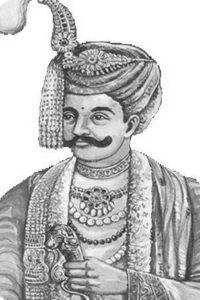
And now we can turn our focus towards the Vijayanagara Empire which was ruled by the four royal dynasties of Sangama, Saluva, Tuluva, and Aravidu. Among these, we can observe the fact that the Vijayanagara Empire had attained its zenith under the regime of the Sangama and Tuluva dynasties. The Vijayanagara Empire assumes significance due to its direct confrontation and fight against Muslim rulers. Till then, wars were being fought between Hindu...
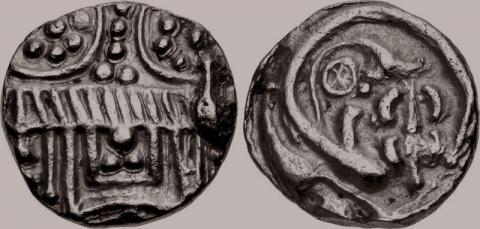
Pre-eminent among the kings of Karnataka is the Kalyani Chalukya emperor, Vikramaditya VI. He was the son of Someshwara I. Fortunately, he had the poet Vidyapati Bilhana in his court and so his achievements have become immortal.
In his poetical work in eighteen cantos, Vikramankadevacharita, Bilhana records the life and achievements of Vikramaditya VI, who ruled for over fifty years and his long reign was marked by lasting peace. His son was...
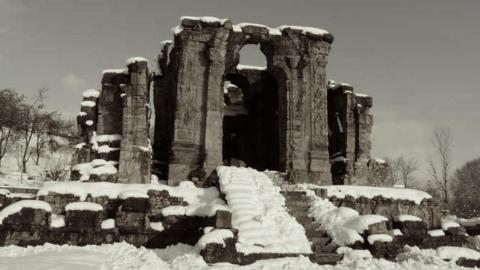
Kalhana in his Rajatarangini (11th Century CE) has written about Chandrapida, the ruler hailing from the Karkota dynasty. He was renowned for delivering justice as well as for his extraordinary valour.
Chandrapida (6th Century CE) decided to build the Narayana Temple in Parihasapura (today’s Paraspore). The land where the temple was proposed to be built belonged to a cobbler. When the royal officers offered money to him to buy the land, he...

Age of Glory
In the recent writings on Indian history, there are several episodes and events that have been given undue respect and importance. Several details that are not found in honest treatises of history have been presented to us and we are misguided and cheated; these also come in the way of our pursuit for the vision of truth. Almost all our history textbooks of today fall under this category of deceitful writing.
Our country has given...
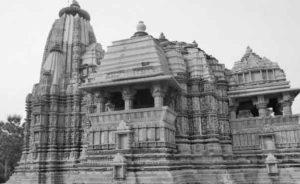
The Shield of the Senas
Ramapala was the last of the Pala emperors and he was overthrown by the rise of the Senas, who were kshatriyas from Karnataka. The foremost kings of this dynasty, which can be said to have come from the Chalukya royal family of Karnataka, were Vijayasena and Lakshmanasena.
The Senas greatly valued Sanatana Dharma as well as the spirit of kshaatra. They also encouraged the arts and literature. Umapatidhara, Sharana,...
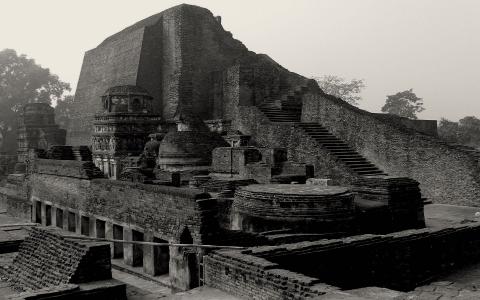
After Maharaja Shashanka, for a long period of around one hundred years, Bengal was without a ruler. With a view to remedy the situation, the local chieftains—large and small—seem to have come together and elected one among them as their supreme leader, solely keeping in mind the welfare of the people. The fruit that resulted from these actions is the great lineage of the Palas. This is indeed one of the great traits of the noble values of ...
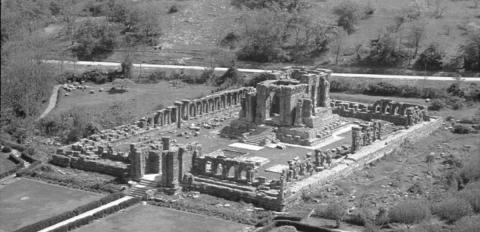
Any Empire that firmly sustains for at least 220-250 years can be called a successful Empire. A protracted and vigorous rule over a geographical spread roughly equivalent to the size of four average states of today’s India was considered to be a powerful Empire. Using this yardstick, we find some royal dynasties in India such as the Mauryas, Guptas, Chalukyas, Rashtrakutas, Pratiharas and Vijayanagara. After the demise of the grand Gupta Era,...
